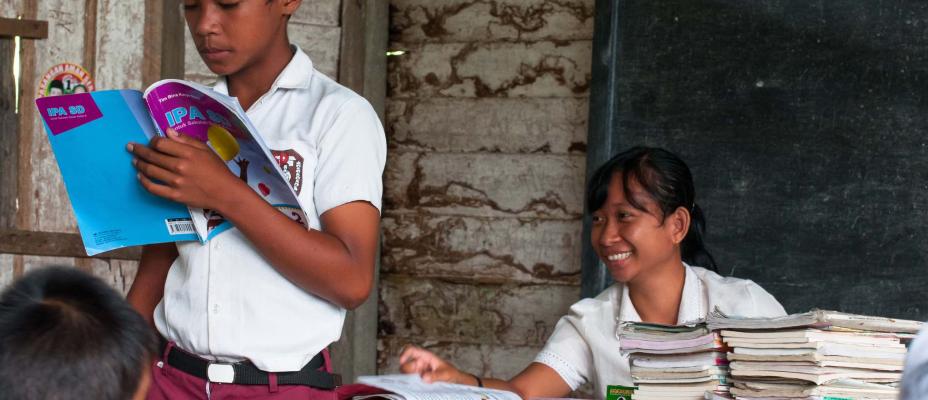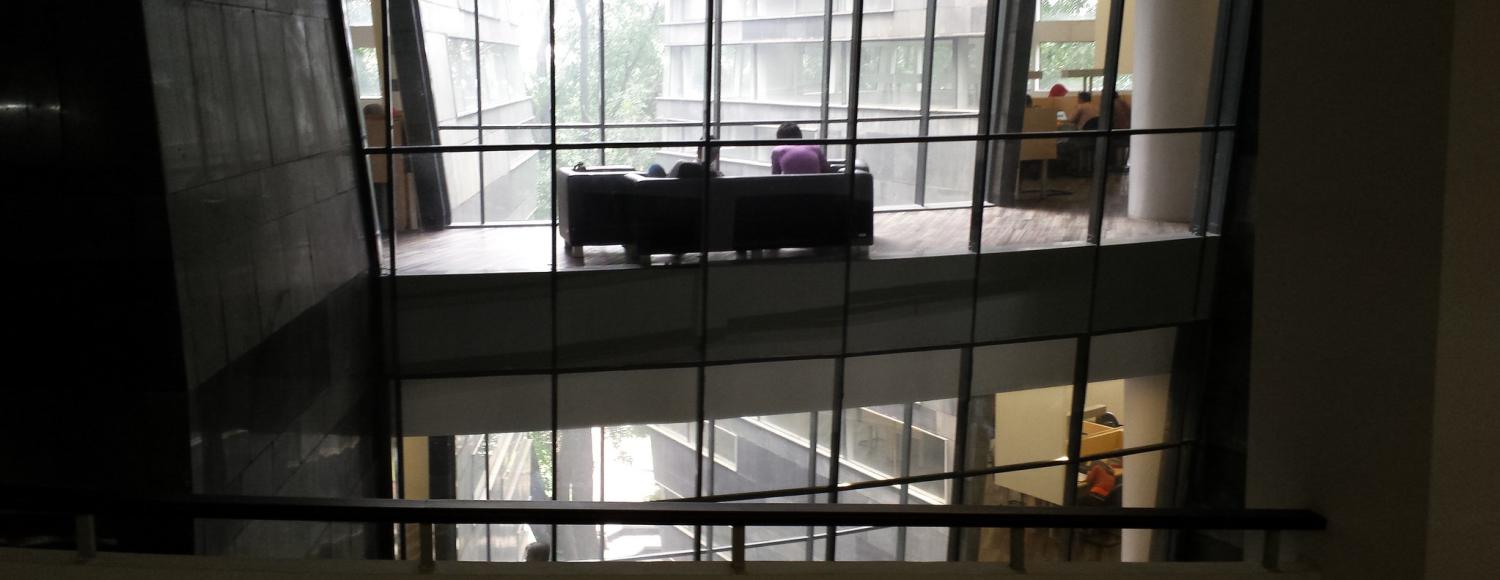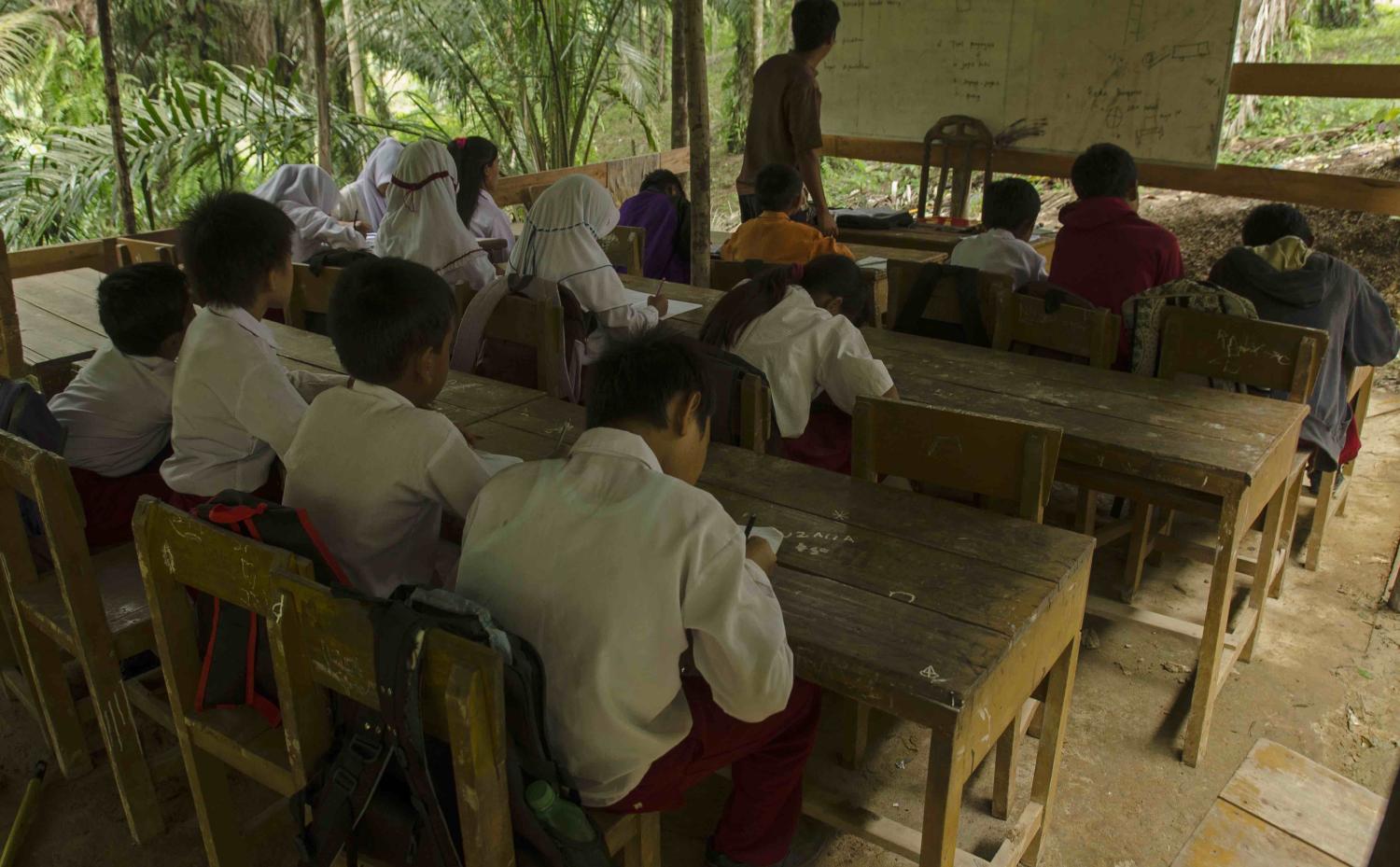Although the recent Lowy Institute report by Andrew Rosser, “Beyond Access: Making Indonesia’s Education System Work”, reveals an Indonesian education system buckling under its own deficiencies, it can be read largely optimistically. The weaknesses Rosser outlines are all redeemable with tight reforms and savvy budgetary considerations. These include addressing the major weakness of academic instruction in the higher education sector.
World Bank data cited in Rosser’s report shows a stunning lack of qualifications among academic staff. While much of Western academia struggles to find secure work, the opposite appears true in Indonesia’s higher education sector, where frighteningly underqualified instructors make up a third of the workforce.
It would be easy to suggest that this is problem exclusive private institutions; however, it is also a feature in the more established universities. This situation presents a number of issues beyond a subpar education provided for scores of young Indonesians.
Most importantly, the skewed quality of instructors perpetuates inequality between, and magnifies the stratification of, classes. Those in the upper- and ill-defined middle classes are able to study overseas, and the number of students heading abroad for study has increased by 35% over the past decade. United Nations Educational, Scientific and Cultural Organisation data indicates that 42,000 Indonesians were studying at higher education institutions abroad in 2016, mostly in Australia, the US, and Malaysia. Just under half the total number were students in Australia.
These figures are often cited as proof of the rising spending power of Indonesians, and as evidence of education providing a way forward but dampening demand on stronger academic instruction domestically as the economy booms. It presents a cyclical problem for Indonesia’s higher education sector: if a degree from an Australian university is seen as a better investment, why demand better teaching back home? And if the teaching is poor at home, isn’t it best to get a degree overseas if you can afford it?
The best and brightest whose communities are unable to afford costly tuition abroad are left to depend on scholarships and government programs to secure a pathway to overseas degrees.
The report identifies a network-versus-merit-based method of promotions within institutions as a major issue perpetuating substandard teaching. This is a common and well-documented feature in the bureaucracies of both the public and private sectors within Indonesia, but in higher education has ramifications far beyond frustrations and glacial-paced reforms. Rosser recounts a history of moderately effective reforms improving standards via government initiatives throughout the Reformasi years, at both the secondary and tertiary levels, but these are clearly falling short.
In addition to short-changing Indonesia’s youth, this problem also runs counter to the political and civil society emphasis on education as the primary means of the country reaching its full potential as an economic powerhouse and well-informed, culturally robust society.
So what would solve this dilemma? Rosser cites data showing academics and instructors often find other sources of income, “sometimes of a non-academic nature”, to offset low pay. Raising the salaries of educators, via government budget subsidies or otherwise, and linking that to performance is perhaps the fastest way to improve conditions while longer-term institutional reforms are taking place.
Rosser’s report quotes data indicating improvement in absenteeism among staff between 2003 and 2013, “but on any given day 10% of teachers are still absent when they are scheduled to be at work”. While secondary jobs are unlikely to explain every case of absenteeism, incentivising attendance and providing a wage in line with the high respect rhetorically deferred to educators will create positive change.
A meaningful increase in educators’ salaries is the best strategy to resolve underqualification in the sector. With a fast-moving economy offering attractive opportunities to Indonesia’s young and educated, entering institutional academia, at this stage, is simply not a solid return on investment, which perpetuates the cycle of substandard instruction.
Rosser’s report clearly and cohesively outlines the shortcomings of the Indonesian higher education system. These shortcomings initially appear insurmountable, but the historical context provided shows Indonesia is willing and able to reform. But for Indonesia’s millions of intelligent young people, change can’t come soon enough.



